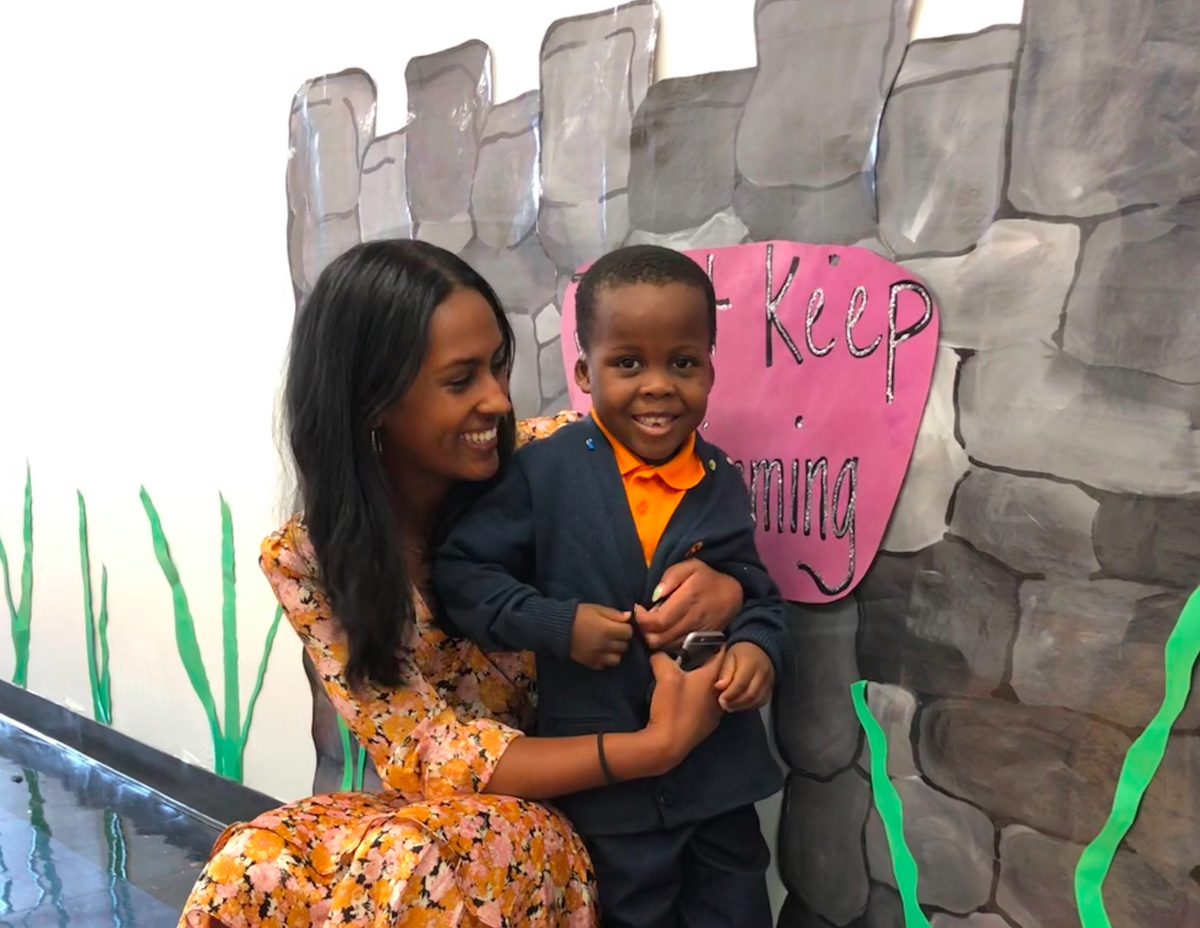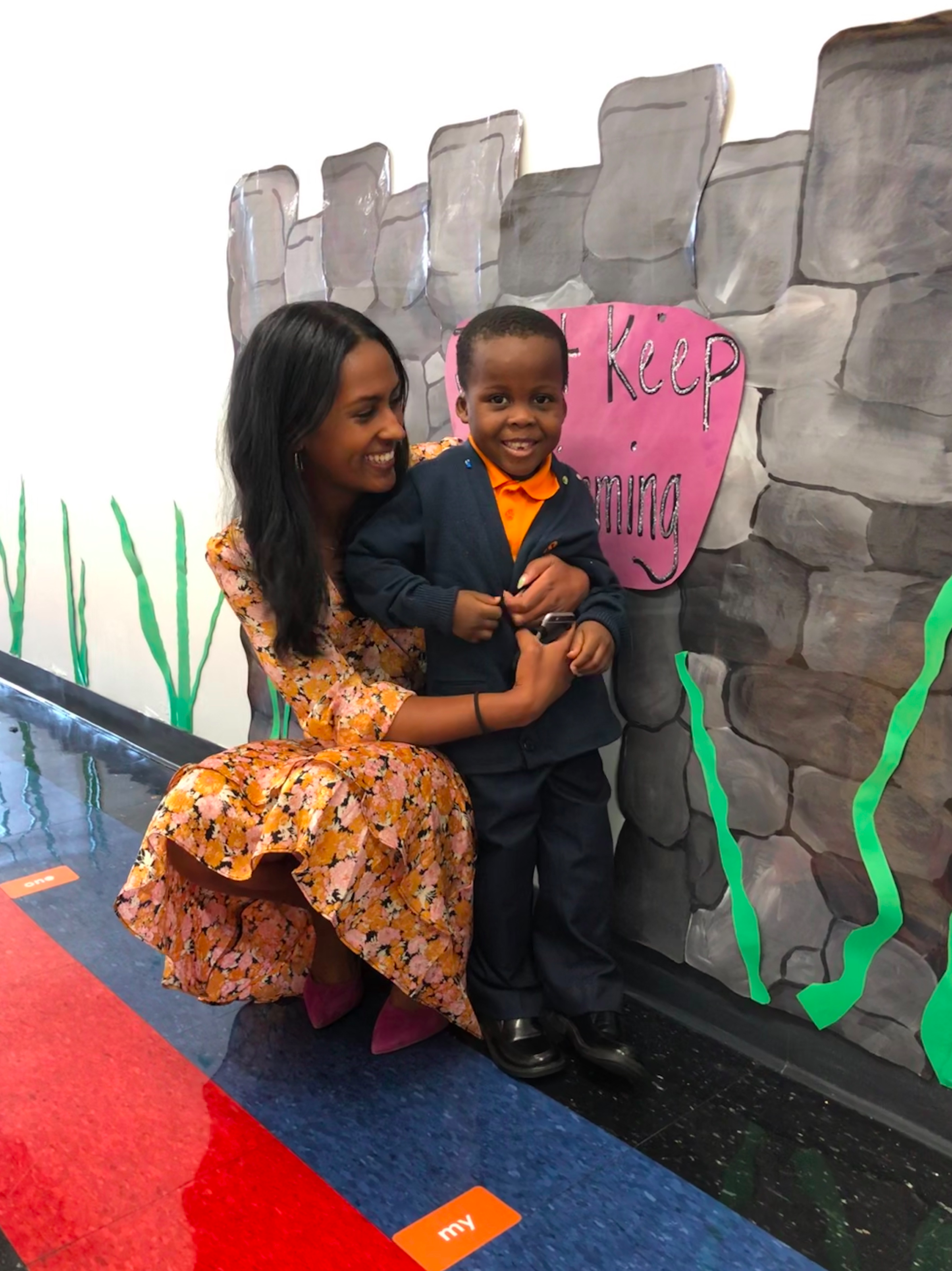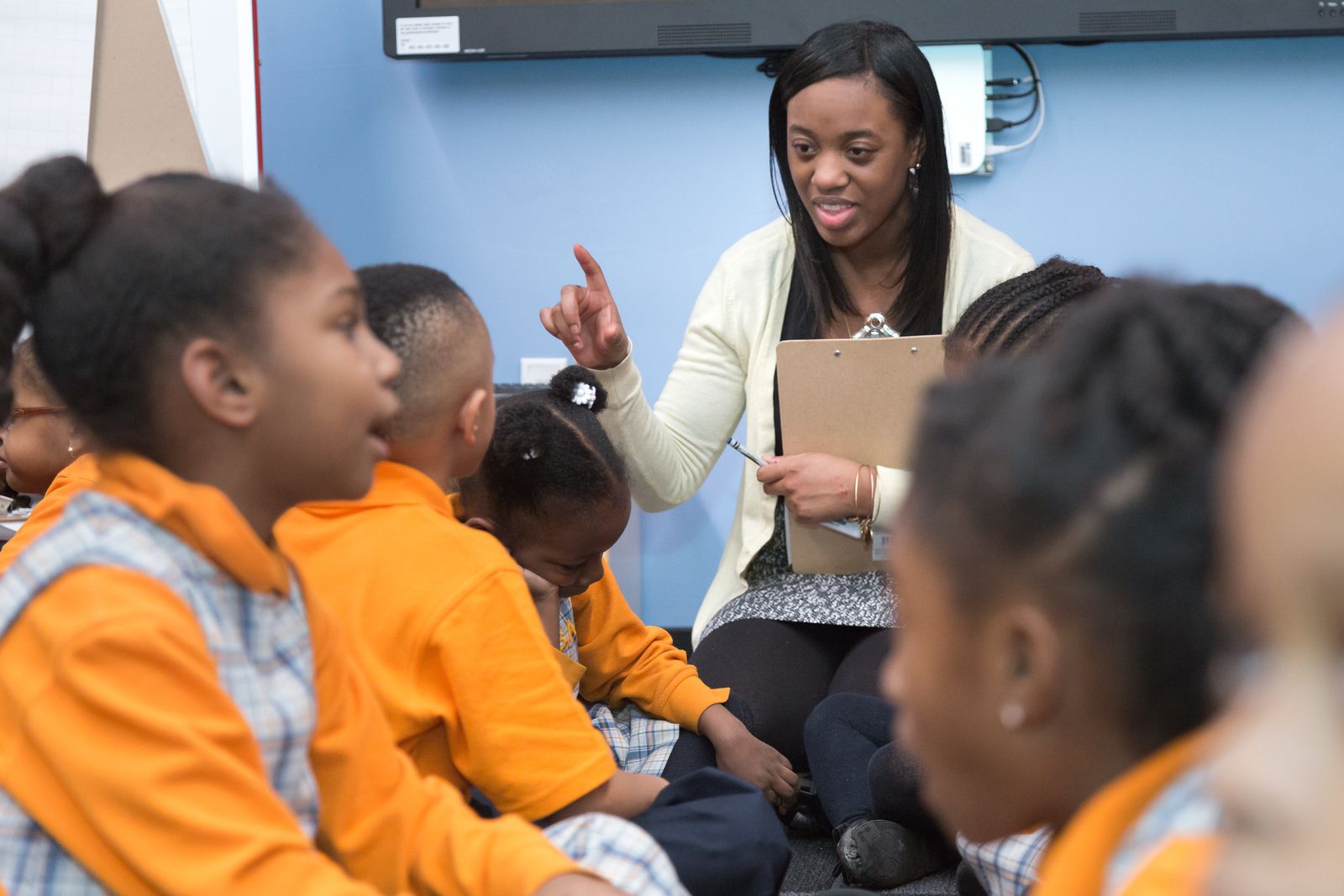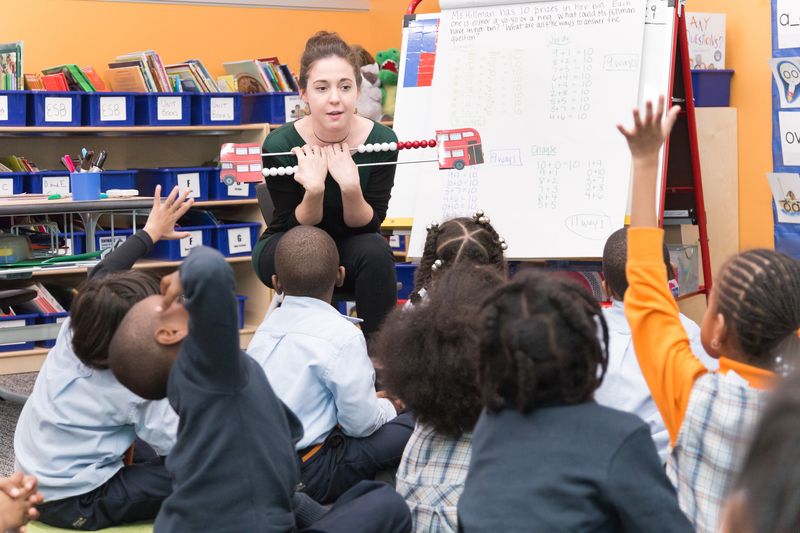The Success of Success Academy Flatbush

When New York State released the results of the 2018-2019 math and ELA tests in late August this year, a big surprise was revealed to Brooklyn’s education community.
All of the third graders in Success Academy Flatbush (SA Flatbush), which opened in 2016, passed the state tests in both math and the English Language Arts (ELA), while less than half of the rest of students tested across the public schools in Brooklyn managed to pass.
Since the advent of these standardized tests in 2013, only two other schools have had 100% pass rates – Manhattan’s Special Music School and Forest Hills’ P.S. 303. But those two schools have an arts-oriented curriculum and have a very diverse student body.
Success Academy Flatbush, on the other hand, has its student population at 98% children of color, and 82% of them would qualify for free or reduced-price lunch (lunch is free for students in NYC public schools). Furthermore, 8% of SA Flatbush students are experiencing homelessness, and 13% have an IEP. Those students were the school’s first third-graders, and therefore, the first time SA Flatbush ever took part in the annual state exams. Even SA Flatbush was stunned when the results came back.
“We were crying,” says Principal Wintanna Abai, about how she and her staff learned of the results as they prepared for the new school year. “We weren’t expecting it.”
For Abai and her team, it was the result of dedication to the families of Flatbush to show that children of color in a less-privileged neighborhood can and do succeed academically, all with the right ingredients.
The Principal
Wintanna Abai’s journey to being the principal of a successful school began in Los Angeles, the daughter of a single mother from Ethiopia.
“I attended a private school,” she says as she sits in her brightly lit office. “My friends in the neighborhood didn’t go as far.”

She attended Boston College where she studied philosophy and sociology. As part of obtaining her degree, she volunteered at a high school in Dorchester, Massachusetts, where she tutored some of the students.
“I’m passionate about social justice,” Abai explains. “I was obsessed with all the kids I was working with. They were so passionate and smart.’
But Abai saw a problem. Even though the students caught on to her tutoring, she realized that whatever academic issues they faced, it really was not their fault.
“The system obviously failed them,” she says. “Not being able to read at their grade level is not their fault. It’s a consistent national issue.”
Abai goes on to explain that race, zip codes and socio-economic standings often affect the quality of education a child receives. Studies have shown that students of color receive poorer quality of education nationwide.
She moved to Harlem in 2011, and not long after her arrival Abai became a first grade teacher at Success Academy Harlem 5, before moving onto third grade after a few years. In 2015, she became the assistant principal at Success Academy Bronx 1. When the opportunity to lead a new Success Academy school came for Abai, she enthusiastically went for it.
“I was founding a school from the ground up,” she says. “I came to the school well aware that many families have been let down by the school system.”
Among those parents was Jeffroy O’Connor, who toured another Success Academy before the Flatbush version opened.
“It was a no brainer,” O’Connor says of his experience visiting the school, which shared space with a district public school. “Walking through, I was impressed. But then I saw the district kids, and I thought, am I in the same building? They had a different attitude. Success Academy’s kids were well-behaved, while the district kids were running around.”

The Journey To Achievement
Success Academy Flatbush opened in 2016 with a kindergarten and 1st grade, and has added a class each year now teaching K-4th grade. Located at 15 Snyder Avenue, it is housed in a former Holden warehouse. Although the exterior may not look attractive, inside the school, is nothing but brightness. Bright colors dot every step, every floor tile, every inch of its walls, both in the classrooms and hallways. Such colors create an environment of excitement and warmth, something Abai and her staff aim for every day.
“We lead with love here,” says Kelly Gonzalez, a third-grade teacher. “We greet with a hug every morning. We build relationships with the kids, and I love the high standards for all the kids.”
With parents, relationships are important and serious. As with any other Success Academy school, the parents sign a contract, promising to be involved in their child’s education. The staff keeps in touch with the parents via email, texting and even phone calls.
“We all work together as a team,” says Adia Bathily, who’s daughter took the tests last spring as a then-third-grader. “It felt like I was back in school. We’re so into it. When dismissal happens, we take over.”
“It’s a collaboration with the parents,” Gonzalez says. “I want their kids to be successful, but I can’t do it on my own.”
That collaboration is meant to begin from the moment the families wake up and prepare for school. Most of the students walk to school with their parents, and are supposed to arrive between 7:15 am and 7:45 am. School lets out at 4 pm, although Wednesdays are a half-day for professional development.
Reading is heavily encouraged at SA Flatbush. Principal Abai invites students to visit her office where they can sit in a reading spot, which is a small tent right behind her desk, and read whatever catches their interest.
“When my son reads,” O’Connor says, “they are not just words on a page. He’s a good reader, and he knows what he likes and doesn’t like.”
Throughout the school year, the teachers gather data on their students to figure out their strengths and weaknesses, Gonzalez explains. That helps them prepare their students for the eventual state tests, although that does not mean the entire school curriculum focuses on passing those exams.
“We’re not teaching to pass tests,” Gonzalez says. “We ask ourselves, ‘how do we get kids to love books and math?’ And the kids love learning.”
That has been the goal for Principal Abai – to show that students of color from low-income neighborhoods are just as academically capable as anyone else.
“Our neighborhood has so much potential,” Principal Abai says. “These kids will go to Harvard and say, ‘I’m from Flatbush’. They’re smart, we always push them to know that.”
As if to indicate that someday those very children could go to Harvard, or any other famous higher education institution, each classroom is labeled according to the teacher’s alma mater. For Gonzalez, her classroom is the LIU Post.
“They’re the class of 2033,” she smiles.
One step towards that college diploma is to do well on the state tests. Doing so instills confidence in a student that they can succeed, the school believes, and SA Flatbush is keen on encouraging their children.
“They had dress rehearsals for the test,” O’Connor mentions. “My son had doubts, and we keep saying, don’t rush.”
There was even a pep rally in the days leading up to the tests. The entire school gathered in the school auditorium, with everyone cheering and signs being waved around.
Gonzalez remembers feeling both the anxiety, yet the certainty, that everything was going to go well.
“Abai and I were both scared to say it, but we were confident that they were really well prepared.”
The day for the exams came and went, just as it was for all other testing students in Brooklyn.

The Results
On August 22, just days before the new school year began, the results came out. All the school’s third-graders passed the math and ELA exams.
“I cried,” Gonzalez says. “It took a long time to soak it in.”
SA Flatbush’s parents were overwhelmed with pride.
“It was like a miracle,” says Bathily, who was away on vacation at the time. “I couldn’t believe it. It’s a dream, just amazing. There’s something going on in Flatbush.”
“Some might think Black parents are not so invested in their children’s education,” she continues. “We proved them wrong.”
Abai herself is just amazed by what it took for the entire school community to accomplish this.
“Just before our first day [in 2016],” she reflects, “someone was shot on our block. I told everyone, ‘we’re not going to quit. It’s our job to be here, to invest, to be inspired and invested.’”
“All kids are smart,” she adds. “It’s a matter of applying it.”
Word of the school’s achievements has spread around. SA Flatbush, now a K- 4 school, is at full capacity with 520 students. All six floors of the former warehouse building are occupied, and excitement and confidence is palpable in the air.
The Critics
Success Academy network’s approach to education predominantly kids of color seems to provoke strong feelings. Critics over the years have said the schools weed out poor-performing students, harshly discipline and even expel disruptive students, and even tell parents this may not be the school for them. As a result, Success Academy schools perform better academically than other institutions, particularly public schools. This, critics say, is an unfair advantage.
Abai disagrees. “I definitely don’t think we’re weeding out families,” she says. “Only certain families like Success Academy and parents can choose not to go.”
“Some people complain about everything,” O’Connor says. “Maybe they’re not as involved as they should be.”
“This is not a daycare,” Bathily points out. “This is school. Look at a military school, they’re so disciplined.”
Organizations, such as NYC Opt-Out, believe such testing “robs children of their curiosity and natural desire to learn”. They also say since the exams focus only on math and ELA, valuable attention is taken away from many other subjects, such as science, world languages, social studies, music and so on, and argue that the “one-size fits all” tests don’t help vulnerable students, such as homeless children and those with learning disabilities. In 2018, 4.4% of New York City children boycotted the exams.
Although Abai understands the controversy, she explains that tests are part of reality.
“Standardized test results alone do not tell you if a child is smart or not,” she says. “You have to look at the quality of instruction, the standards the school and teacher have set, and children’s confidence and motivation levels. That said, these tests matter because they determine whether or not our kids are accepted into top colleges and get financial aid packages.”
School parents O’Connor and Bathily do not understand what all the fuss is about.
“Life is going to be full of pressure,” Bathily says. “It is not going to be easy. You even have to take a test to get a driver’s license.”
O’Connor says there are even tests in his home country of Jamaica: “Nothing is given on a plate and given to you.”
With the 2019-2020 school year underway, the students at Success Academy Flatbush are confident and proud to be part of a school that did so well.
“I can’t tell you how hard the kids worked,” Gonzalez says. “They wanted it so bad. And we proved everybody wrong.”




